It may be autumn in the Northern Hemisphere, but that doesn’t mean you have to say goodbye to luminous, sun-kissed skin. Self-tanners are a universally flattering way to add warmth and glow—no UV exposure required. We tested both clean and clean-adjacent self-tanners, focusing on formulas that deliver natural results without the downsides of traditional tanning.
How Self-Tanners Work: DHA
How DHA Tans the Skin
- DHA (Dihydroxyacetone) is a simple sugar.
- When applied topically, it reacts with amino acids (especially lysine, arginine) in the outermost layer of skin — the stratum corneum.
- This non-enzymatic reaction is a form of the Maillard reaction (the same chemistry that browns bread crusts or caramelizes food).
- The result is the formation of melanoidins, brown-colored polymers that sit on the skin surface and create the appearance of a tan.
- Since it only affects the dead skin cells in the stratum corneum, the “tan” fades naturally as skin sheds, usually in 5–7 days.
Important: DHA does not stimulate melanin production (like UV tanning). It’s purely cosmetic and surface-level.
Natural vs. Synthetic DHA
- Naturally Derived DHA → Produced via fermentation of plant sugars (often sugarcane, sugar beet, or glycerol from plants) using microorganisms. (This is the source that Clarins and many clean brands use).
- Synthetic DHA → Chemically synthesized from petrochemical feedstocks (e.g., acetone, formaldehyde, or glycerol of non-renewable origin). Functionally identical at the molecular level (DHA is DHA), but “synthetic” doesn’t have the renewable/biobased story.
Note: There’s no evidence that naturally derived DHA is safer than synthetic DHA for skin application, assuming both are high-purity and properly formulated. Safety hinges on manufacturer quality control (look for GMP certification). Also important to avoid inhalation, patch-test, and follow instructions.
Editorial Note: All products featured in this review were purchased independently to ensure transparency and authenticity.
Tried & Tested: Self-Tanners & Bronzing Serums
Made in France
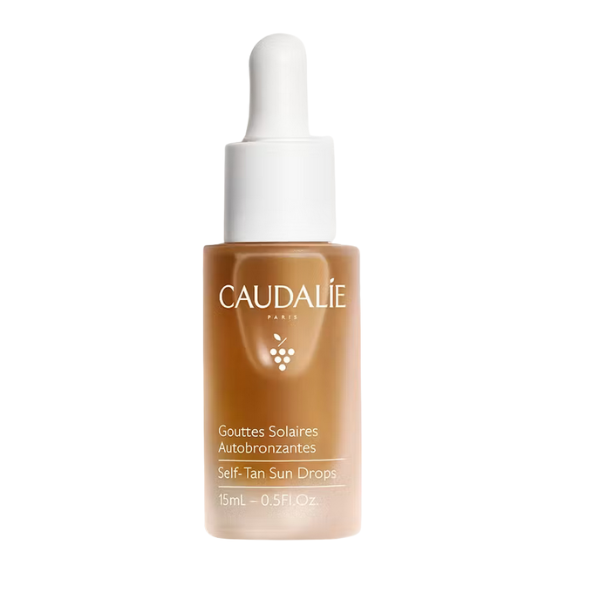
Caudalie Self-Tan Sun Drops
Add 2–6 drops of these natural DHA self-tanning drops to any Caudalie face cream or serum to achieve a gradual, natural-looking tan. Vegan, fragrance-free, and ideal for a *subtle* glow without streaks. Caudalie is also committed to sustainability and eco-conscious packaging.
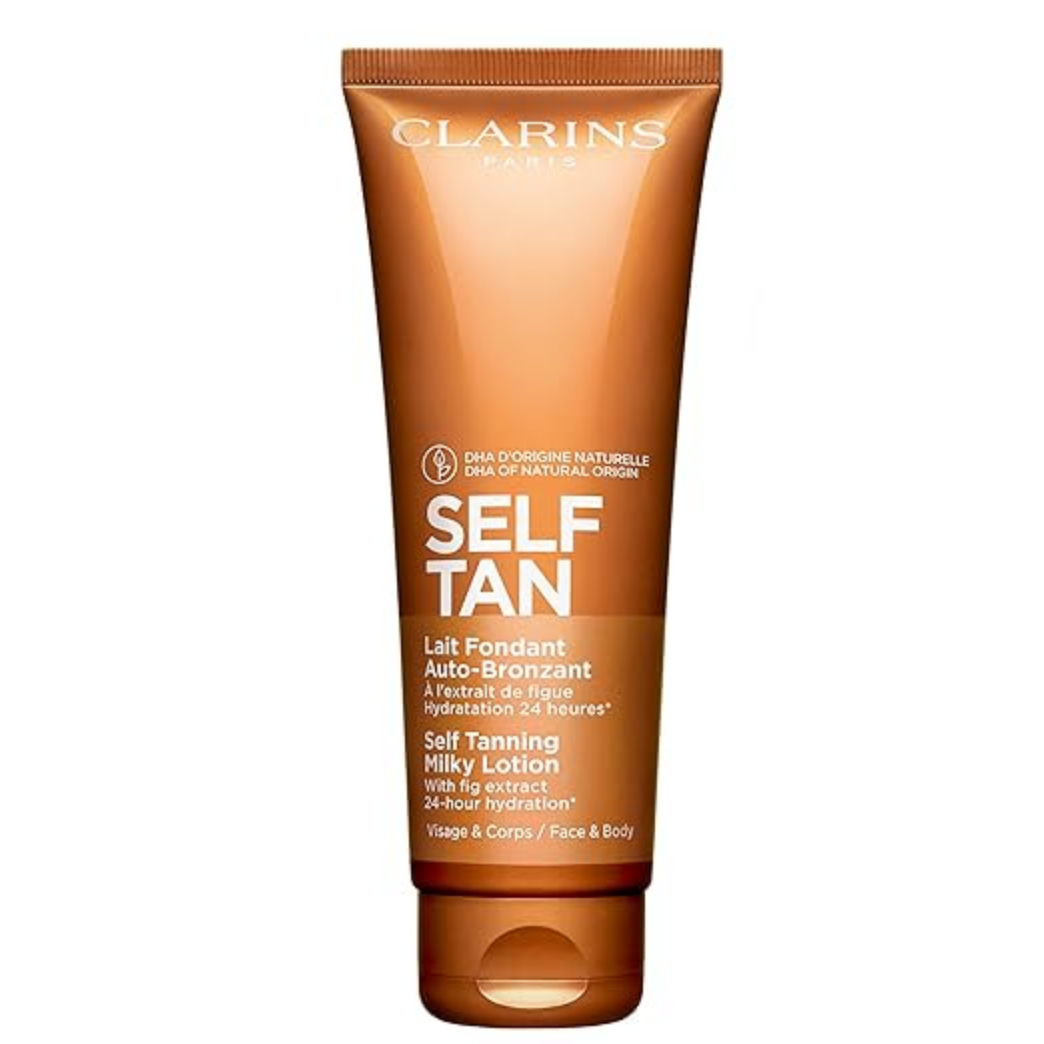
CLARINS Self Tanning Milky Lotion – Face & Body
A lightweight milky lotion for face and body that delivers a natural-looking tan while nourishing skin. It applied evenly, developed into a light golden tan, and the fragrance was not overpowering in testing. Perhaps my favorite out of all the products tested, since it is super easy to apply and gave me the perfect glowing complexion.
Made in Italy
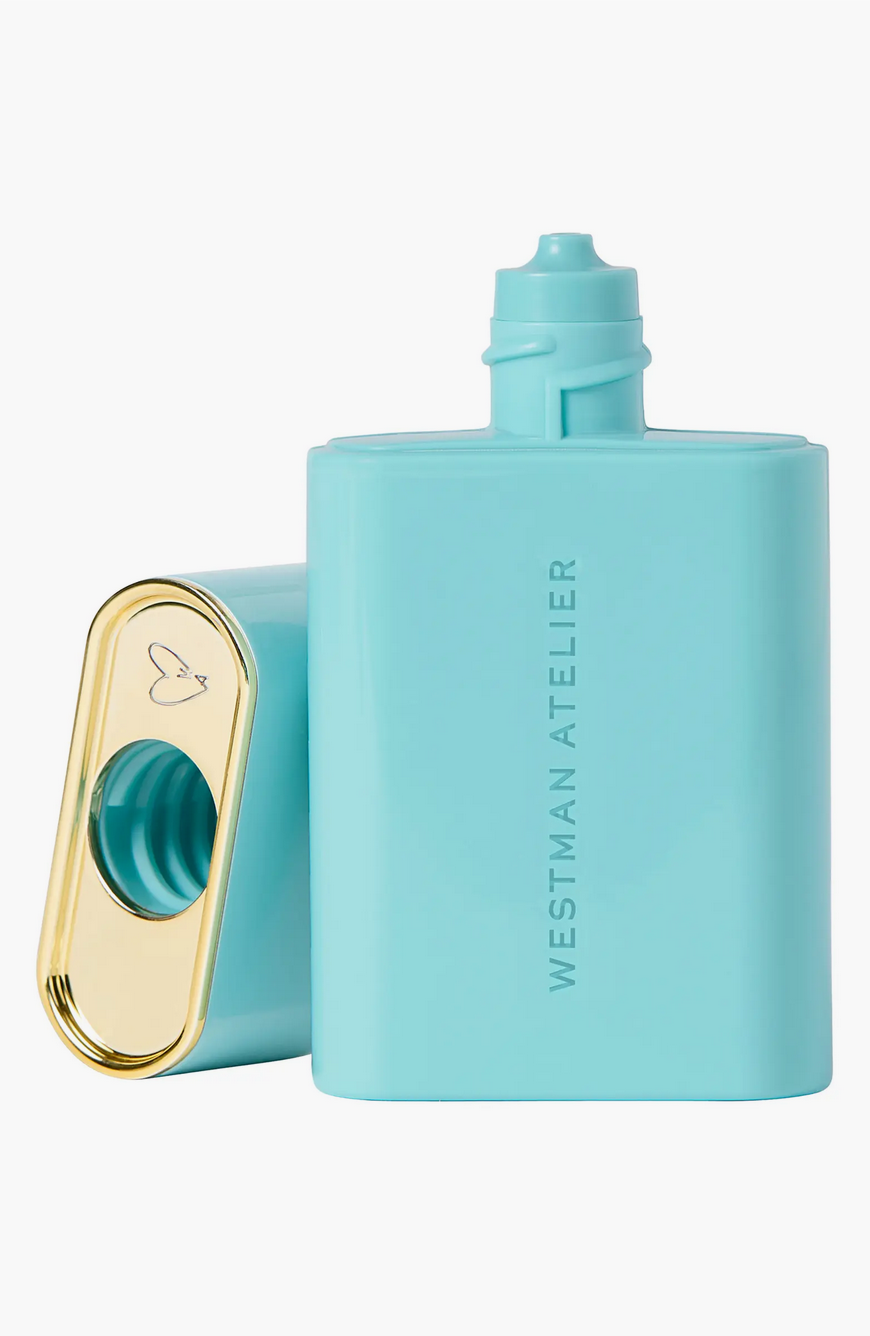
Westman Atelier Sun Tone Bronzing Drops
A luxurious serum-bronzer hybrid made in Italy that gives skin a radiant, sun-kissed glow. The lightweight formula blends seamlessly with skincare or foundation for buildable warmth. Vegan and cruelty-free, with Westman Atelier’s signature focus on high-performance clean beauty.
Temporary Bronzing Drops
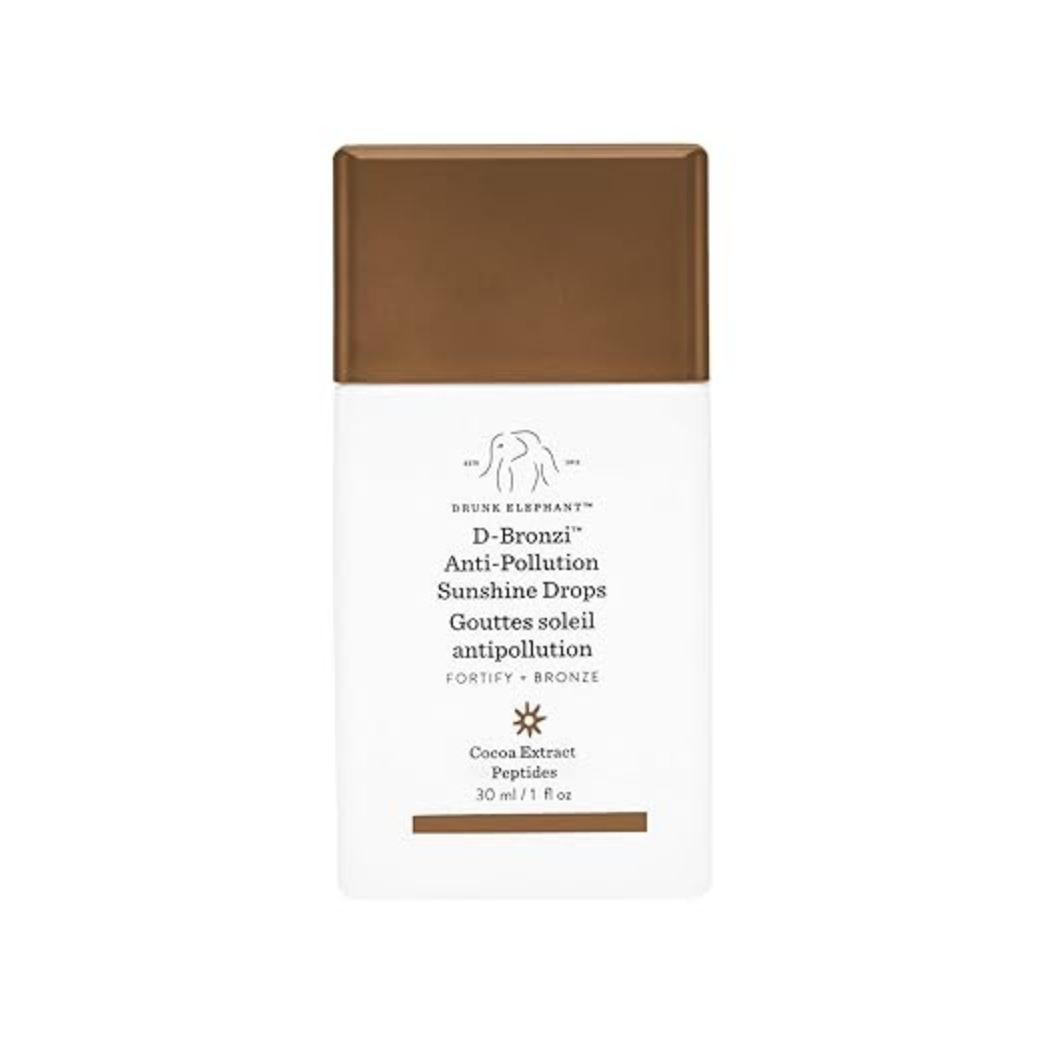
Drunk Elephant D-Bronzi™ Anti-Pollution Sunshine Drops
A temporary bronzing serum with a few drops of concentrated color that blends easily with your favorite moisturizer or serum. Provides a healthy sun-kissed glow while protecting against environmental stressors. Vegan and cruelty-free.
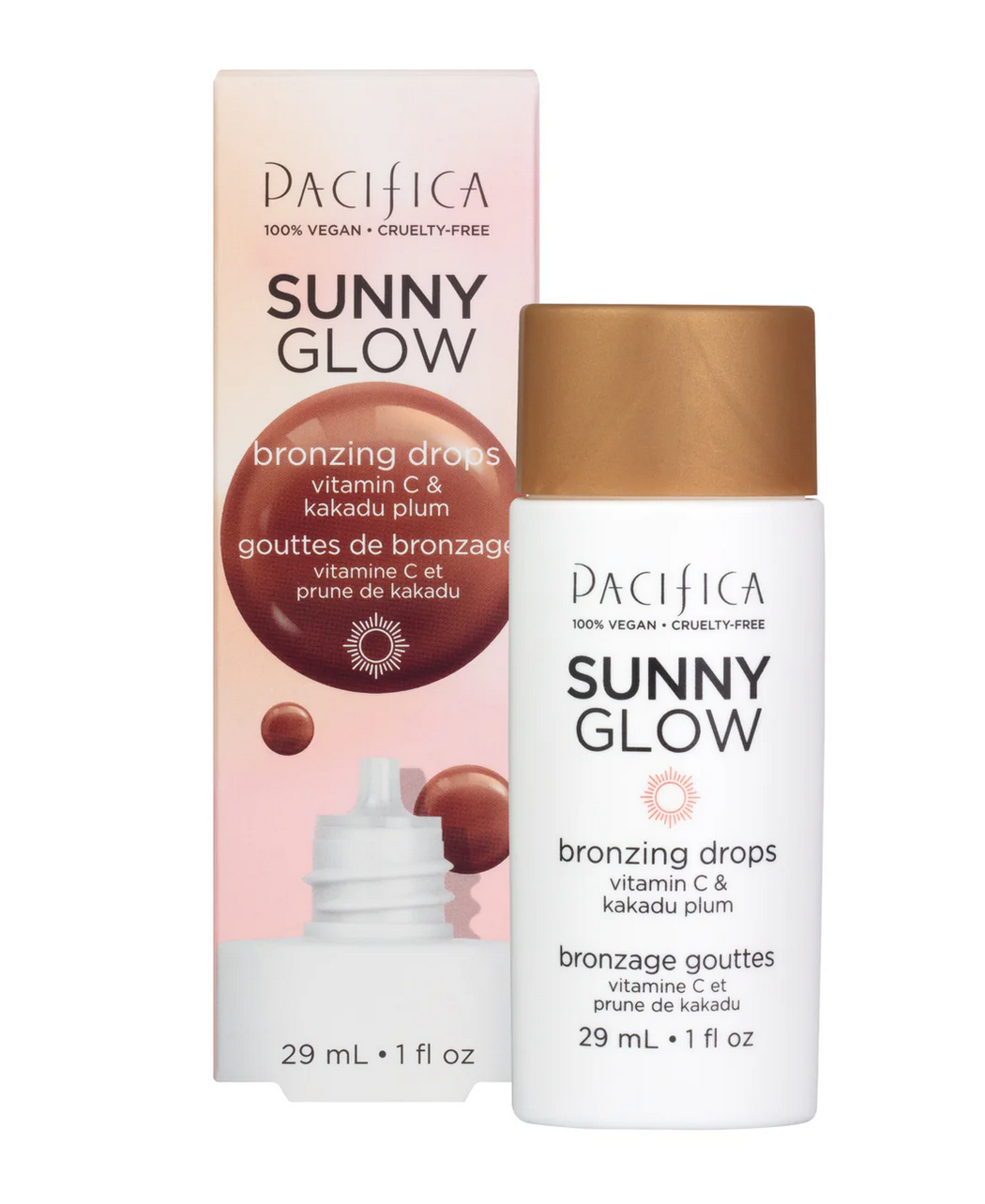
Pacifica Sunny Glow Liquid Face Bronzer Drops
A versatile liquid bronzer that blends easily alone or with your favorite moisturizer or serum. A little drop goes a very long way for instant warmth and glow. Pacifica notes that formulas may be updated occasionally, so always check the package ingredients for the latest details. Vegan and cruelty-free.
All of these ingredients are considered safe by regulators at the levels used in cosmetics. That said, some strict clean beauty standards choose to leave them out, so here’s what to know:
- Phenoxyethanol – Widely used preservative, approved in the EU up to 1%. Excluded by some clean retailers due to potential irritation at higher levels.
- Fragrance/Parfum + Limonene – Can come from essential oils; some consumers avoid “fragrance” unless every component is disclosed, as allergens like limonene may cause sensitivity.
- Benzyl Alcohol – Naturally occurring in plants and also used as a preservative. Safe in cosmetics, but occasionally flagged for sensitization potential.
- Mica, Iron Oxides & Titanium Dioxide – Commonly used for color and glow. Generally safe in liquids and creams; some clean advocates highlight ethical mica sourcing and titanium dioxide safety in powders (inhalation).
Notably, Pacifica’s Sunny Glow Drops do not contain tromethamine (TRIS).
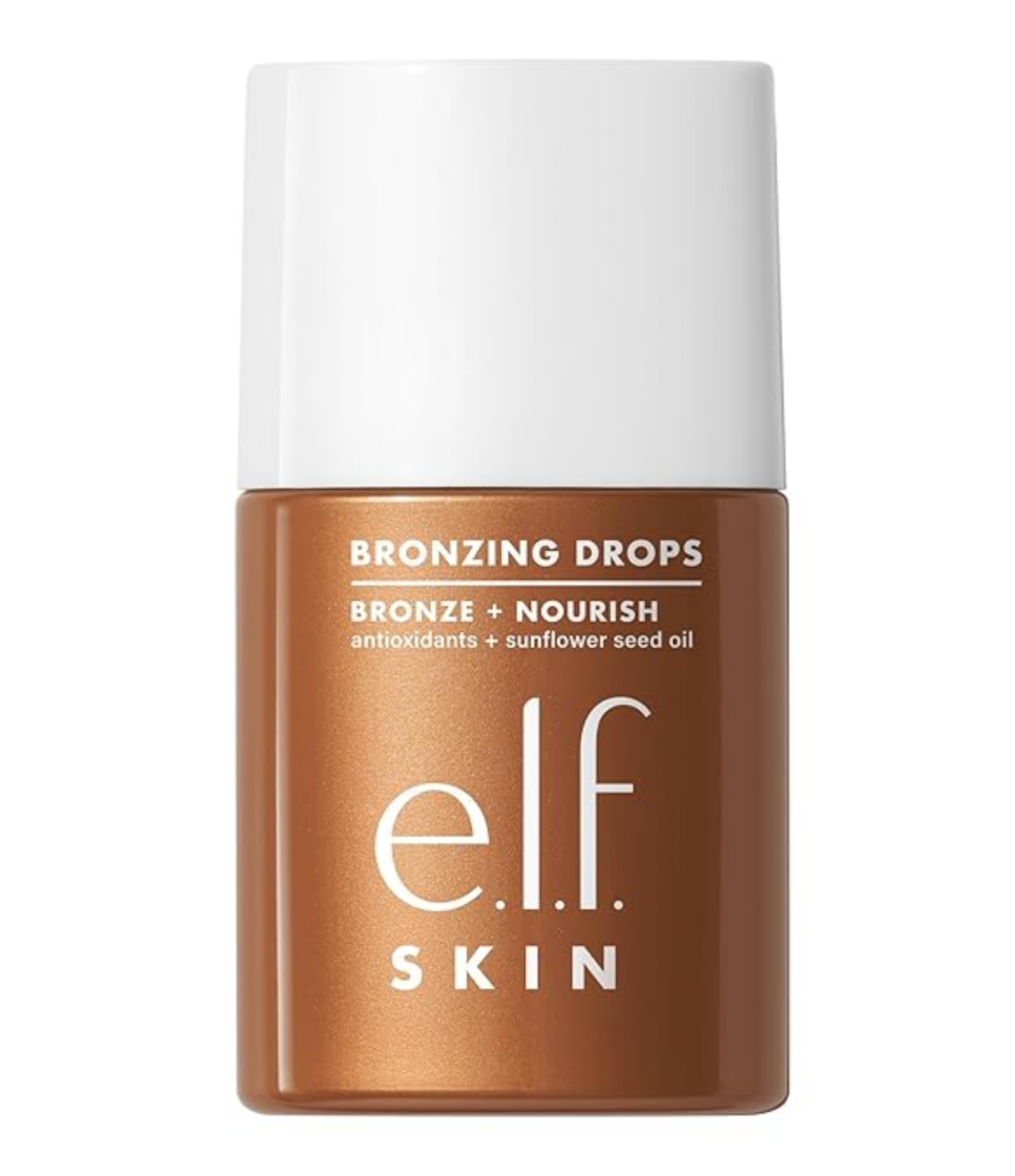
e.l.f. Bronzing Drops
A lightweight bronzing serum that adds instant warmth and radiance to skin. A little goes a long way for a sun-kissed look. e.l.f. prints “clean” directly on the packaging, and while no added fragrance is listed, some base ingredients may impart a very subtle scent. Vegan, cruelty-free, and produced in China in a Fair Trade Certified factory.
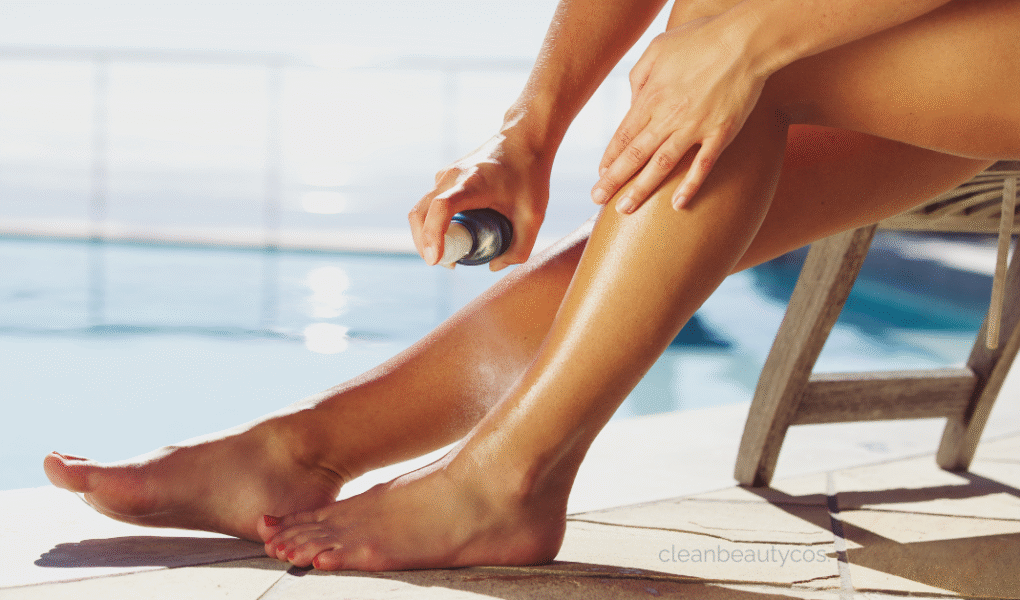
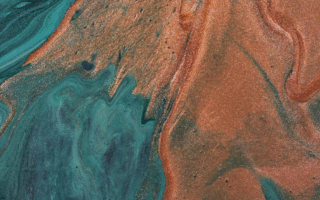
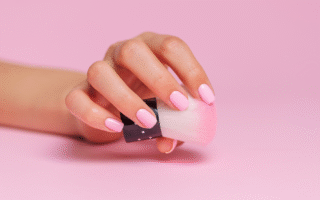
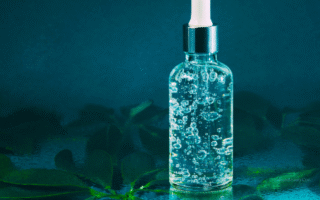
[…] our last post, we featured e.l.f. Bronzing Drops, and it’s worth taking a closer look at one ingredient that […]
[…] feels especially thoughtful when brands build safety into their packaging. During a recent order of Caudalie’s Self-Tan Sun Drops, the package also included the new Vinotherapist Crème Réparatrice Mains & Ongles (Hand […]